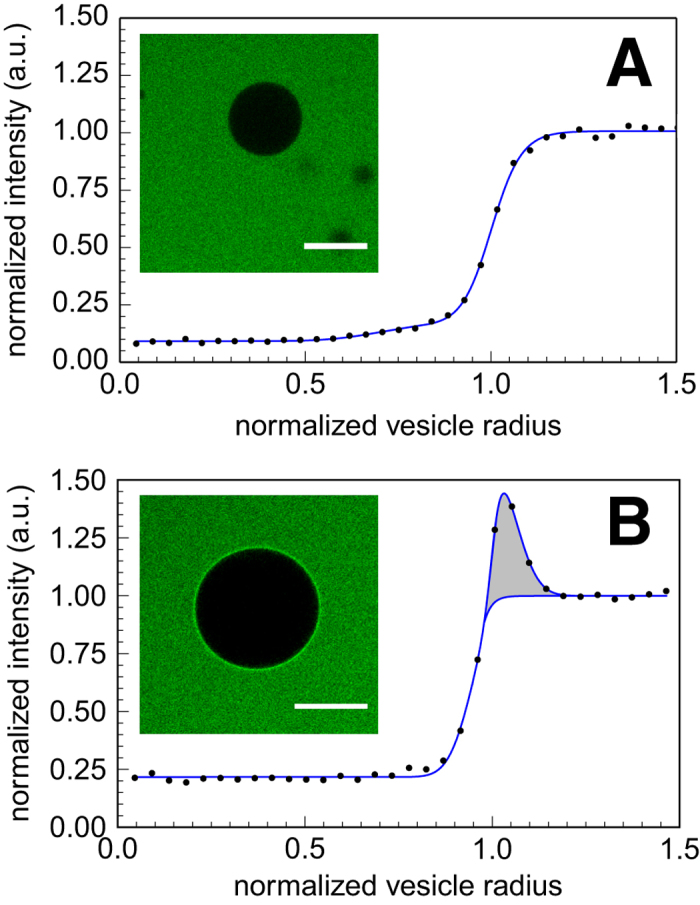Abstract
Cell-penetrating peptides (CPP) are cationic oligopeptides currently investigated as potential vectors for targeted drug delivery design, for applications in cancer treatment and/or gene therapy. Nevertheless, some drawbacks make the CPPs complex to for medical applications, such as their lack of specifity toward target cells or the loss of their penetrating properties once they have been grafted with a molecular cargo. One of the solutions studied to overcome these issues is the binding of the CPP unit on a self-assembling elastin-like diblock polypeptide (ELPBC), a macromolecular system designed by the team of Ashutosh Chilkoti from Duke University (USA). While it has already been proven that these molecules, named CPP-ELPBC, recover the penetrating properties of the CPP despite the presence of a cargo and also induce a selectivity toward tumorous cells, the exact mechanism of translocation is still under debate.

In this PhD thesis, I focused on the investigation of the translocation mechanism of the CPPs and CPP-ELPBC using model lipid membranes, and specifically the adsorption of these molecules at the surface of giant unilamellar vesicles (GUV). The development of a new quantification method of fluorescence in confocal microscopy allowed me to directly count the peptides adsorbed on the surface of the GUVs, which I used to perform thermodynamic measurements on the peptide adsorption.
Cite this publication
Walter Vivien, Lipid Membrane Interactions with Self-Assembling Cell-Penetrating Peptides, Ph.D. Thesis 2017
Download
The whole thesis is free to download. Use the link below to start the download (77MB).